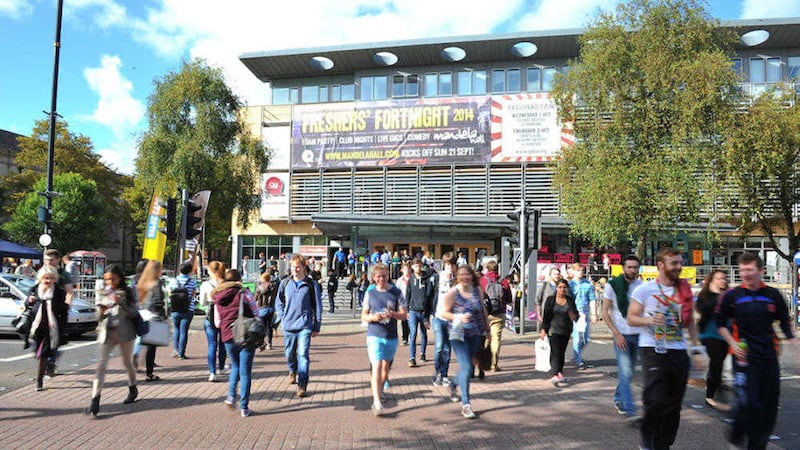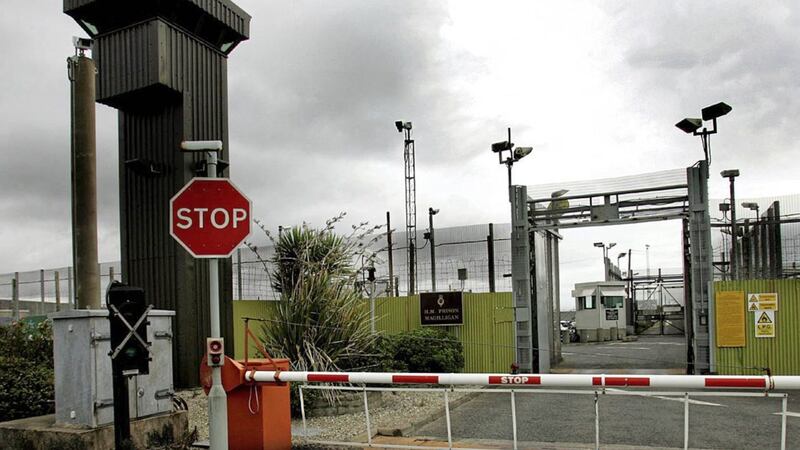The proportion of poorer students at leading universities including Queen's in Belfast has fallen in the past decade despite attempts to boost numbers.
An analysis of official data shows the overall proportion of more disadvantaged students starting at a Russell Group university - considered the elite in Britain and Northern Ireland - has stalled in the past decade.
The findings come weeks after British Prime Minister David Cameron warned educational institutions they need to do more to tackle social inequality.
Around one in six (17.2 per cent) students from lower social groups started a course at a Russell Group institution last year, compared with nearly one in three (32.1 per cent) of their wealthier peers.
One charity leader said it was "worrying" that the gap has widened at some universities.
The Russell Group said progress is being made to ensure able students from all backgrounds have access to its universities, but it cannot solve the problem alone.
Out of the 24 Russell Group universities, Oxford had the lowest proportion of entrants from lower social backgrounds at one in 10, followed by Cambridge with 10.2 per cent.
Ten years ago, poorer students made up around one in eight Oxbridge entrants.
Queen Mary University of London had the highest proportion with more than a third of entrants (37 per cent) from disadvantaged backgrounds, followed by Queen's University Belfast - the only member from the north - at 31.9 per cent.
However, almost a third of Russell Group universities have seen a drop in the proportion of poorer entrants in the past decade.
Exeter has seen the biggest fall, down 2.6 percentage points compared with 2004/05, with Queen's closely behind on 2.5 per cent.
King's College London has seen the biggest rise in poorer students - up 5.7 percentage points.
On average, students from poorer backgrounds made up around one in five entrants (20.8 per cent) to Russell Group universities in 2014/15, compared with 19.5 per cent a decade ago.
In comparison, disadvantaged students make up more than a third (37.5 per cent) of entrants to other universities.
The results are based on data on social classes published by the Higher Education Statistics Agency (HESA) for the past 10 years.
Wendy Piatt, director-general of the Russell Group, said: "Ensuring our doors are wide open to talented and able students from all backgrounds really matters to us and real progress is being made. Last year 1,760 more students from low socio-economic backgrounds went to a Russell Group university than in 2009."
Universities spend hundreds of millions of pounds each year on bursaries, scholarships and work with schools and colleges, she added.
"While our universities invest a huge amount of time, effort and resources into improving the situation, they cannot solve this problem alone.
"There are still far too many children from disadvantaged backgrounds underachieving at school and receiving poor advice and guidance. It will take time, commitment and sustained action from a range of agencies to raise pupils' aspirations, increase attainment and improve the advice and guidance offered."


